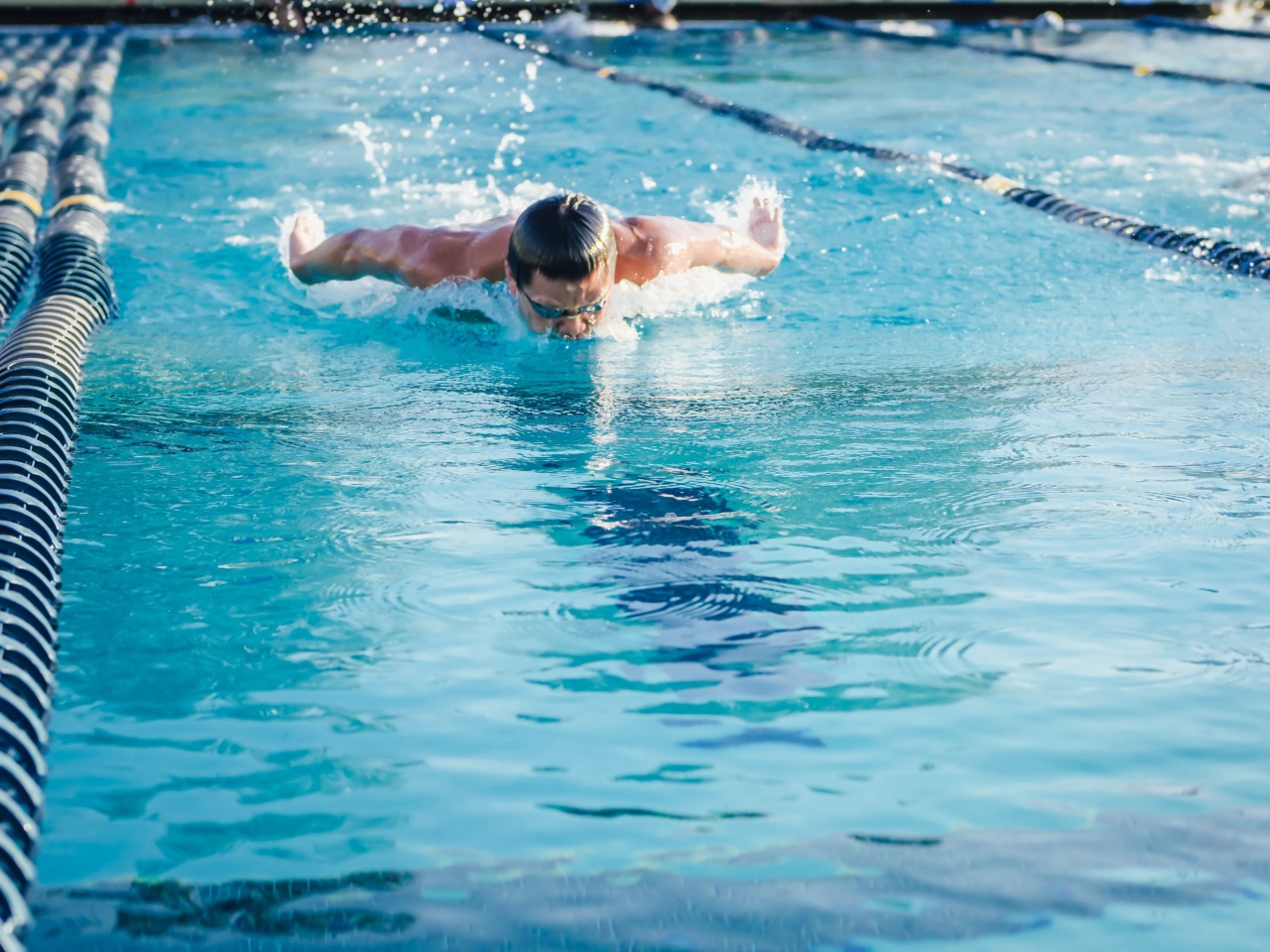Swimming is a fantastic low-impact exercise that offers a full-body workout. It is known for its numerous health benefits, including cardiovascular fitness, improved strength and flexibility, and stress relief.
However, like any physical activity, swimming can also lead to injuries if proper technique is not followed.
Importance of Proper Swimming Technique
Having the correct swimming technique is crucial for both enhancing performance and preventing injuries. By using the proper form, swimmers can maximize their efficiency in the water, reduce drag, and optimize their speed.
Additionally, good swimming technique helps to maintain a balanced and aligned body position in the water, reducing the risk of strain and injury.
Common Swimming Injuries
While swimming is generally a low-impact sport, certain injuries can still occur. Some of the most common swimming injuries include:.
1. Swimmer’s Shoulder: This is a common overuse injury that causes pain and inflammation in the shoulder joint. It is often caused by poor stroke technique or excessive training.
2. Lower Back Pain: Incorrect body positioning in the water can lead to strain on the lower back muscles and spine, resulting in pain and discomfort.
3. Knee Pain: Breaststroke and butterfly strokes can place stress on the knees, leading to pain, inflammation, or even conditions such as swimmer’s knee.
4. Neck Injuries: Improper head positioning during swimming, such as excessive strain or rotation, can cause neck pain or even nerve impingements.
10 Swimming Techniques to Avoid Injuries
1. Warm-up and Stretch: Before getting in the pool, it is important to warm up properly and perform stretching exercises to loosen up the muscles and increase flexibility.
2. Focus on Body Position: Maintain a horizontal body position by keeping your head in line with your spine. Avoid swimming with your head lifted too high or too low, as it can strain your neck and back.
3. Perfect Your Stroke Technique: Take swimming lessons or seek guidance from a coach to learn the correct stroke techniques. Focus on proper body alignment, arm movement, and kicking to reduce the risk of injuries.
4. Strengthen Your Core: Having a strong core helps to stabilize your body and improve your swimming technique. Incorporate exercises like planks, Russian twists, and pelvic bridges into your fitness routine.
5. Avoid Overtraining: Gradually increase your training volume and intensity to allow your muscles and joints to adapt. Overtraining can lead to injuries like swimmer’s shoulder or knee pain.
6. Listen to Your Body: Pay attention to any warning signs of pain or discomfort during your swimming sessions. Rest and seek medical advice if you experience persistent pain that doesn’t resolve with rest.
7. Use Proper Equipment: Wearing the right swim gear can help prevent injuries. Invest in a well-fitting swimsuit, goggles, and swim cap. Consider using fins, paddles, or a kickboard to reduce strain on specific muscle groups.
8. Alternate Strokes: Avoid continuously swimming the same stroke for extended periods. This can lead to muscle imbalances and overuse injuries. Mix up your workouts by incorporating different swimming strokes.
9. Incorporate Strength Training: In addition to swimming, include strength training exercises in your routine to strengthen the supporting muscles. Focus on exercises that target the shoulders, back, core, and legs.
10. Cool Down: After completing your swimming session, take a few minutes to cool down. Gradually reduce your intensity and finish with gentle stretching to aid in recovery and reduce muscle soreness.
Conclusion
Swimming is an excellent form of exercise, but like any physical activity, it comes with the risk of injuries. By following the proper swimming techniques mentioned above, you can significantly reduce the risk of common swimming-related injuries.
Remember to always listen to your body, seek professional guidance if needed, and enjoy the countless benefits that swimming offers.






























